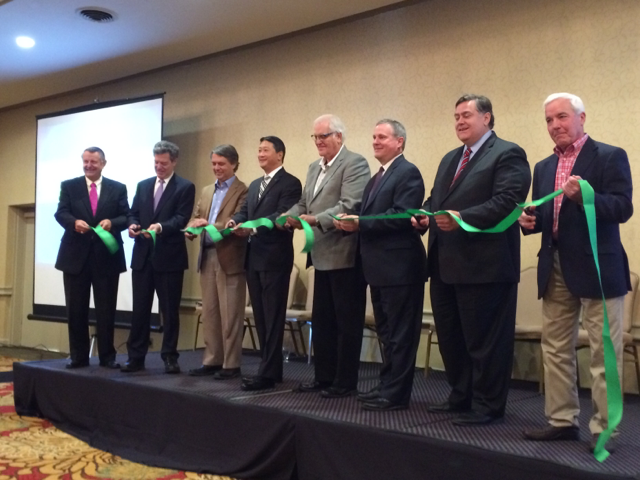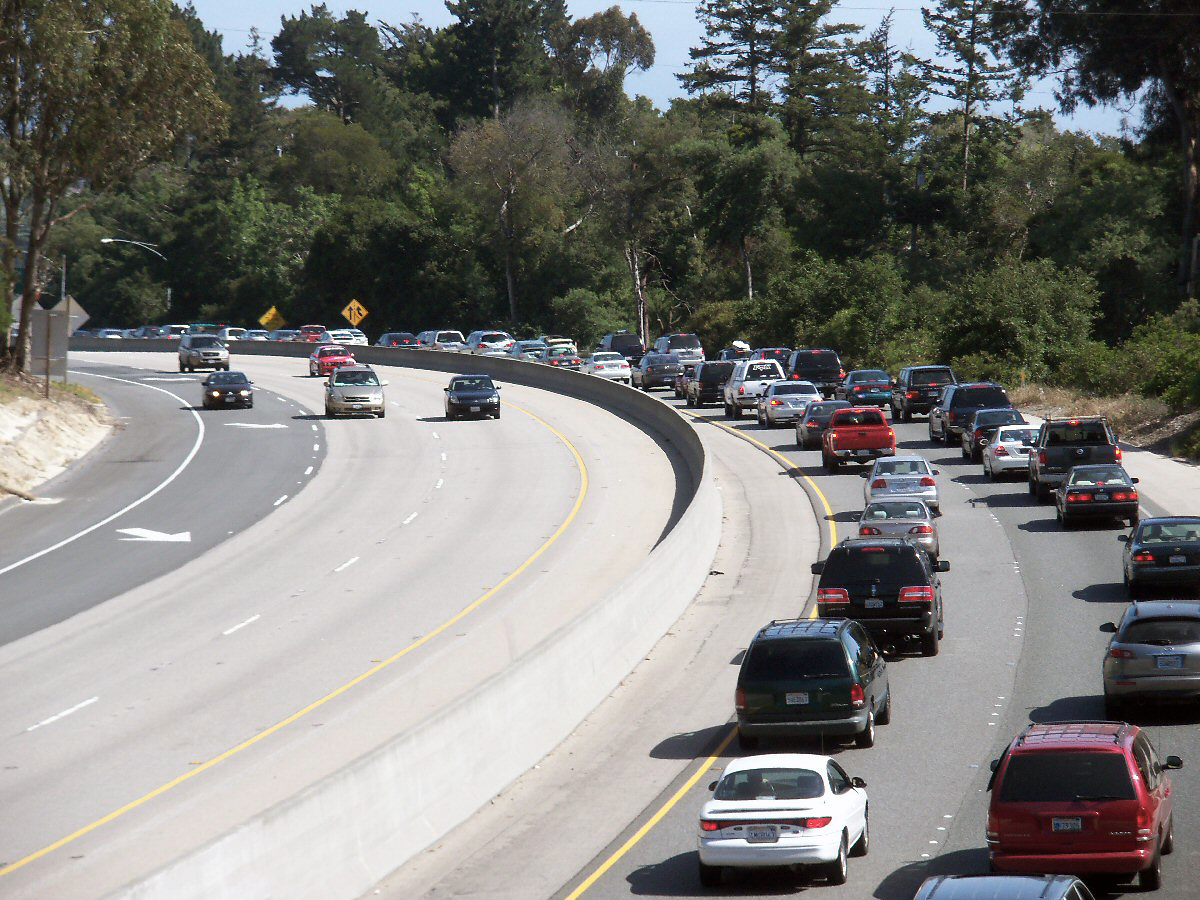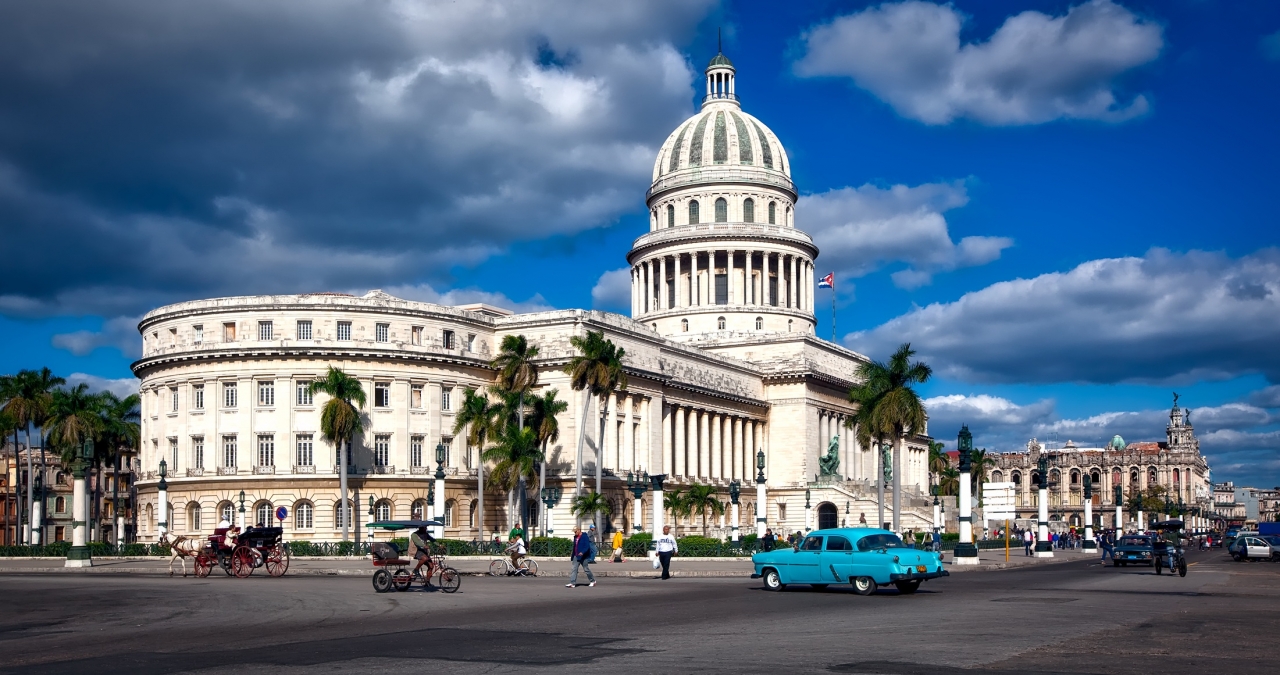Transportation Expands Opportunity in Kansas City Metro Area By FHWA Deputy Administrator David S. Kim
I recently participated in a ceremonial ribbon-cutting for the Johnson County Gateway project in Kansas. The project will relieve congestion and improve safety in the cities of Lenexa, Olathe and Overland Park.
At a total $296 million cost, including $266 million in federal-aid funding, the second phase of the Johnson County Gateway Project is the largest of the three-phase reconstruction of I-435. This second and largest phase of the project includes the addition of two brand new interchanges, linking Interstates 35 and 435 and state highway K-10, and new lanes on I-435.
Click Here to Continue Reading Transportation Expands Opportunity in Kansas City Metro Area
|
Transportation Expands Opportunity in Kansas City Metro Area
Flexible Roadway Design Key to Safer Streets
Flexible Roadway Design Key to Safer Streets Posted by Federal Highway Administrator Greg Nadeau At the Federal Highway Administration, we know that a multi-modal transportation network is key to getting people where they need to go, whether they make the trip by car, on foot, on a bicycle, or all of the above. However, when it comes to designing highways and other roads, our local partners are often unaware of the flexibility they have to safely accommodate all road users – including bicyclists, pedestrians, and transit riders. That's why we recently published a new guide to help states, local governments, transit agencies, and others make the most of their road infrastructure.
Click Here to Continue Reading Flexible Roadway Design Key to Safer Streets
| |||||||||||||||
BTS Statistics Release: September 2016 North American Freight Numbers
BTS 60-16 Advisory Tuesday, November 29, 2016 Contact: Dave Smallen Tel: 202-366-5568
BTS Statistics Release: September 2016 North American Freight Numbers
Two transportation modes – rail and air – carried more U.S. freight by value with North American Free Trade Agreement (NAFTA) partners Canada and Mexico in September 2016 compared to September 2015 as total freight on all modes decreased 2.3 percent to $91.1 billion in current dollars, according to the TransBorder Freight Data released today by the U.S. Department of Transportation's Bureau of Transportation Statistics (BTS).
The total value of cross-border freight has declined from the same month of the previous year in 20 of the past 21 months beginning in January 2015 with only an increase of 0.7 percent in August 2016.
Freight by Mode The value of commodities moving by rail and air increased 8.0 percent and 3.4 percent respectively, while the value of freight carried on other modes decreased: truck, 3.8 percent; pipeline, 5.2 percent and vessel, 6.8 percent.
Trucks carried 64.7 percent of U.S.-NAFTA freight and continued to be the most heavily utilized mode for moving goods to and from both U.S.-NAFTA partners. Trucks accounted for $30.1 billion of the $48.8 billion of imports (61.7 percent) and $28.9 billion of the $42.4 billion of exports (68.1 percent).
Rail remained the second largest mode by value, moving 15.9 percent of all U.S.-NAFTA freight, followed by vessel, 5.4 percent; pipeline, 4.9 percent; and air, 4.1 percent. The surface transportation modes of truck, rail and pipeline carried 85.5 percent of the total value of U.S.-NAFTA freight flows.
U.S.-Canada Freight From September 2015 to September 2016, the value of U.S.-Canada freight flows fell 4.4 percent to $46.2 billion mainly due to decreases in the value of goods moved by vessel and pipeline. All modes of transportation except rail carried a lower value of U.S.-Canada freight than a year earlier.
Trucks carried 59.6 percent of the value of the freight to and from Canada. Rail carried 16.4 percent followed by pipeline, 9.0 percent; air, 5.1 percent; and vessel, 2.9 percent. The surface transportation modes of truck, rail and pipeline carried 85.0 percent of the value of total U.S.-Canada freight flows.
U.S.-Mexico Freight From September 2015 to September 2016, the value of U.S.-Mexico freight decreased 0.04 percent to $44.9 billion despite four modes of transportation – pipeline, rail, air, and vessel – carrying a higher value of U.S.-Mexico freight than a year earlier. Truck, which accounts for 69.9 percent of the value of freight to and from Mexico, was down 4.0 percent. Freight carried by pipeline increased by 15.3 percent, rail by 12.9 percent, air by 10.9 percent, and vessel by 7.1 percent.
Rail carried 15.4 percent of the value of freight to and from Mexico followed by vessel, 7.9 percent; air, 3.1 percent; and pipeline, 0.8 percent. The surface transportation modes of truck, rail and pipeline carried 86.1 percent of the value of total U.S.-Mexico freight flows.
See BTS Transborder Statistics Release for summary tables and additional data. See North American Transborder Freight Data on the BTS website for additional data for surface modes since 1995 and all modes since 2004.
You are subscribed to DOT News for Department of Transportation. This information has recently been updated, and is now available.
| |||||||||||||||
Havana Flights Mark Important Milestone in Reengagement with Cuba
Posted by Deputy Secretary of Transportation Victor Mendez Today, for the first time in more than fifty years, a scheduled, commercial flight took off from the United States and landed in Havana, Cuba. I had the privilege of joining the passengers and crew on that flight this morning as it left Miami and made the one hour journey across the Florida Strait, marking another important milestone in our ongoing efforts to reengage with Cuba. President Obama took the historic step last year of declaring that it was time to "begin a new journey" with the Cuban people. Since then, under the president's leadership, Transportation Secretary Anthony Foxx and all of us at the Department of Transportation have been working to reestablish scheduled, commercial air service between our two countries, creating new opportunities for eligible travelers from the United States to visit Cuba.
Click Here to continue reading Havana Flights Mark Important Milestone in Reengagement with Cuba
| |||||||||||||||
DOT seeks proposals for Automated Vehicle Technology “Proving Grounds”
DOT seeks proposals for Automated Vehicle Technology "Proving Grounds" Posted by Secretary of Transportation Anthony Foxx Today I am announcing the launch of a new Automation Proving Ground Pilot Program. Through this program, the Department will designate facilities as qualified proving grounds for the safe testing, demonstration and deployment of automated vehicle technology. We believe that by designating facilities as part of a Community of Practice, we can foster a safe environment for these entities to share best practices related to testing and developing this technology. Safety is our top priority at USDOT and over the past year we have leaned in on ushering in these innovations that will transform transportation as we know it. Through efforts such as our Smart City Challenge, and the first of its kind Federal Automated Vehicle Policy released in September, and now the Automation Proving Ground Pilot Program, we are setting a new foundation for this technology to be safely leveraged and implemented into the coming decades.
| |||||||||||||||





